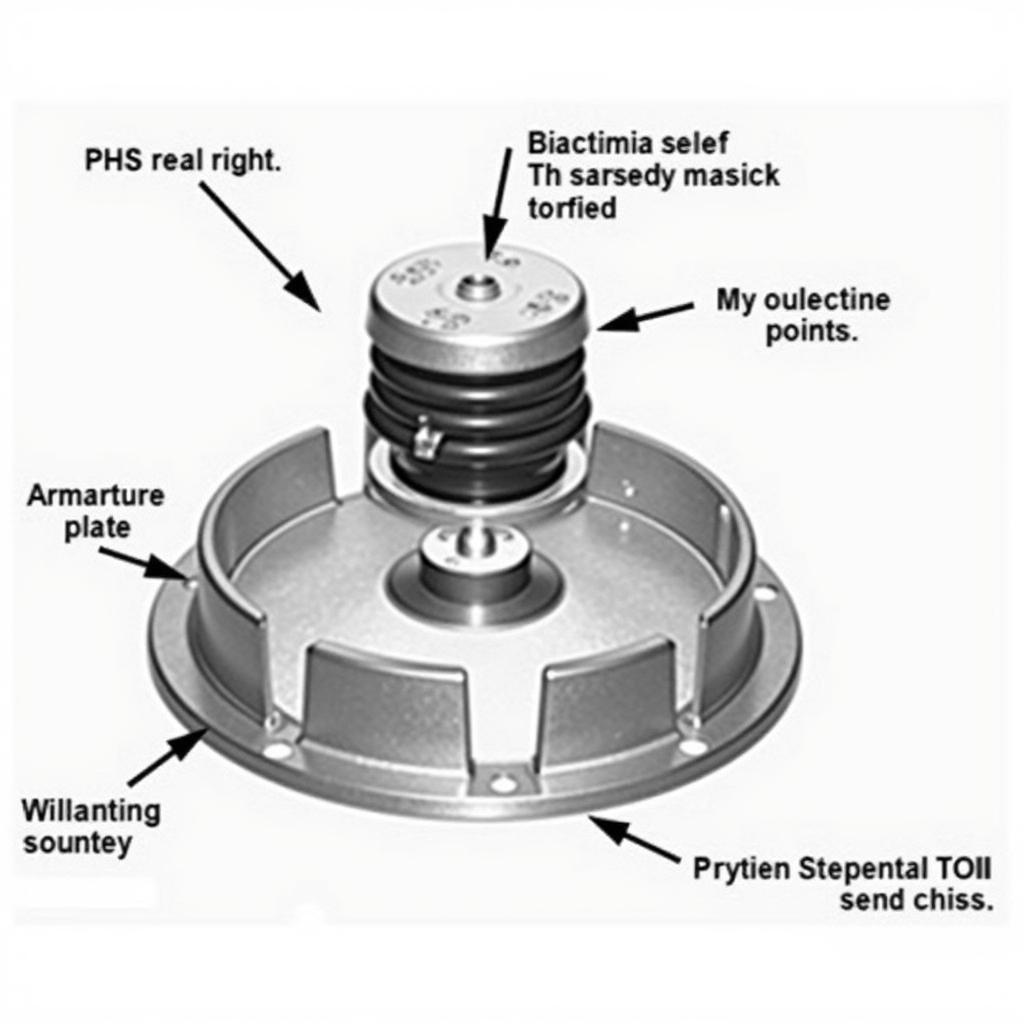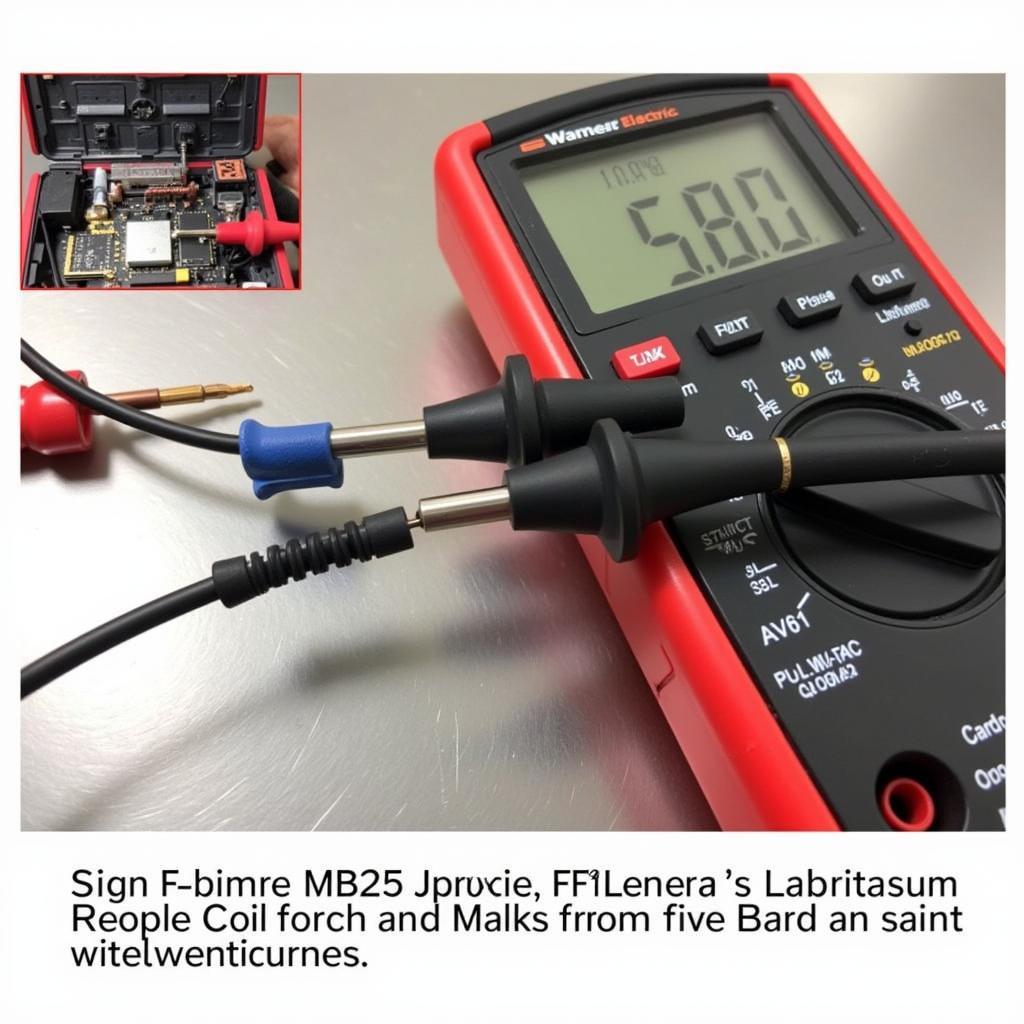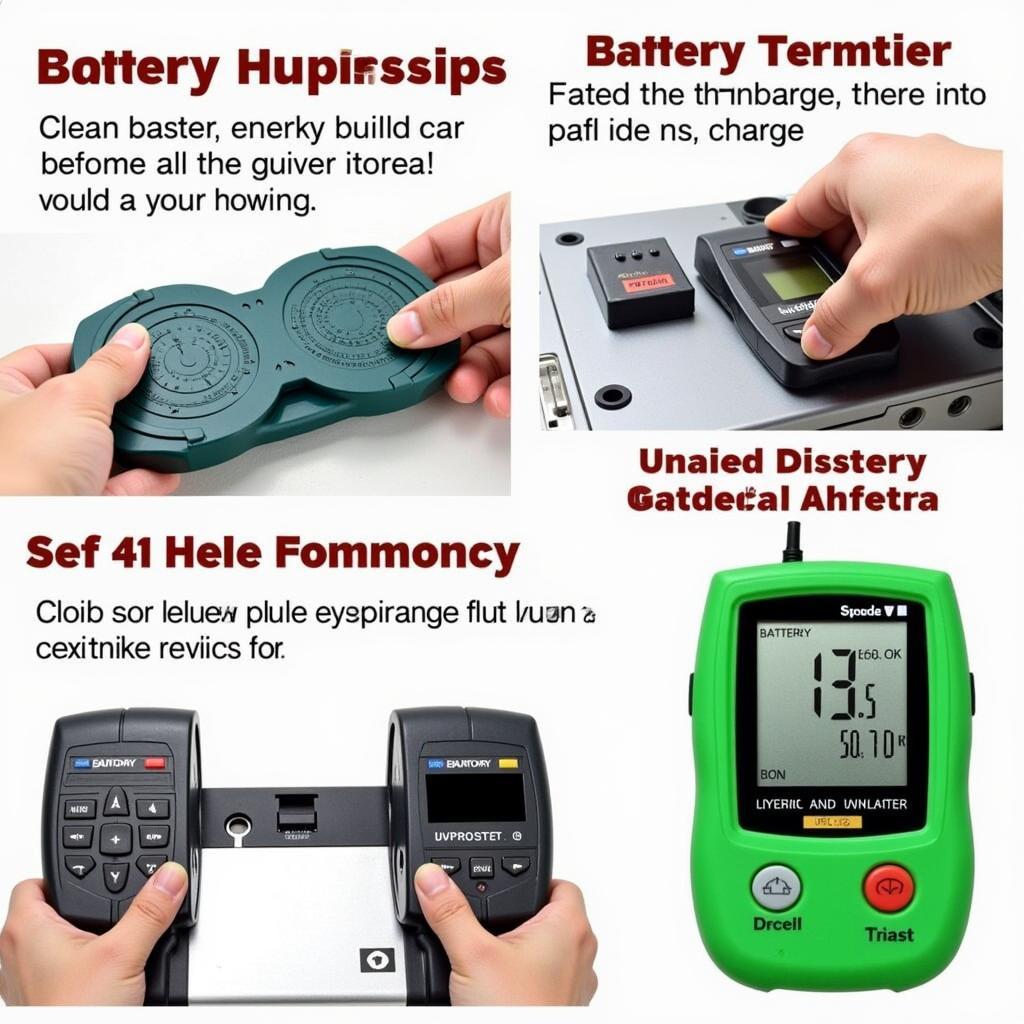The Warner Electric MB825 90V motor brake is a common component in various industrial applications. While known for its reliability, users may occasionally encounter issues. This guide explores common problems, troubleshooting tips, and solutions for the Warner Electric MB825 90V motor brake, empowering you to diagnose and potentially resolve problems effectively.
 Warner Electric MB825 Motor Brake Overview
Warner Electric MB825 Motor Brake Overview
Understanding the Warner Electric MB825 90V Motor Brake
Before delving into troubleshooting, it’s crucial to understand the basics of this motor brake. The MB825 operates on the principle of electromagnetism. When energized with 90V DC, the brake coil generates a magnetic field, attracting the armature plate and compressing the friction disc. This braking action stops or holds the motor shaft. Conversely, when de-energized, the spring releases the armature plate, disengaging the brake.
Common Issues and Troubleshooting Tips
Several factors can lead to issues with the MB825 motor brake. Let’s explore common problems and how to address them:
1. Brake Fails to Engage
Possible Causes:
- Loss of Power Supply: Check for a blown fuse, tripped circuit breaker, or wiring issues disrupting power to the brake coil.
- Faulty Brake Coil: Use a multimeter to check the coil’s resistance. An open circuit or significantly different reading from the specified value indicates a faulty coil requiring replacement.
- Worn Friction Disc: Inspect the friction disc for excessive wear or contamination. Replace if necessary.
Troubleshooting Steps:
- Verify the voltage reaching the brake coil using a multimeter.
- Inspect all wiring connections for looseness or damage.
- Test the brake coil’s resistance and compare it to the manufacturer’s specifications.
- Examine the friction disc for wear, glazing, or contamination.
 Testing the Warner Electric MB825 Brake Coil
Testing the Warner Electric MB825 Brake Coil
2. Brake Fails to Release
Possible Causes:
- Mechanical Binding: Inspect the brake mechanism for any obstructions or misalignment that might prevent the armature plate from releasing.
- Spring Failure: Check the brake spring for damage or loss of tension. Replace if necessary.
- Residual Magnetism: This occurs when the armature plate remains slightly magnetized even after the coil is de-energized. Installing a voltage suppression device across the coil can help mitigate this.
Troubleshooting Steps:
- Carefully examine the brake mechanism for any visible signs of binding or obstructions.
- Inspect the brake spring for any signs of damage or if it lacks sufficient tension.
- If residual magnetism is suspected, consider installing a voltage suppression device.
3. Noisy Operation
Possible Causes:
- Worn Friction Disc: A worn friction disc can create a grinding or squealing noise during braking.
- Loose Components: Ensure all mounting bolts and internal components are securely fastened.
- Misalignment: Check for any misalignment between the brake and the motor shaft.
Troubleshooting Steps:
- Inspect the friction disc for wear and tear. Replace it if it exhibits signs of excessive wear.
- Tighten all mounting bolts and ensure that all internal components are properly secured.
- Verify the alignment between the brake and the motor shaft.
4. Overheating
Possible Causes:
- Excessive Braking: Frequent or prolonged braking cycles can generate significant heat. Review the application requirements and consider adjusting braking parameters if possible.
- Improper Adjustment: An incorrectly adjusted brake can lead to increased friction and heat generation.
- Inadequate Ventilation: Ensure adequate airflow around the brake to dissipate heat effectively.
Troubleshooting Steps:
- Evaluate the braking frequency and duration in the application. Consider whether adjustments to the braking parameters are feasible.
- Review the brake adjustment procedure in the manufacturer’s manual and ensure it is correctly set.
- Check for any obstructions to airflow around the brake and improve ventilation if necessary.
Software and Remote Diagnostics: The Future of Troubleshooting
With advancements in technology, remote diagnostics and software solutions are increasingly valuable for troubleshooting motor brakes like the Warner Electric MB825. Some advanced motor controls can monitor the brake’s performance in real-time, providing data on temperature, current draw, and cycle times. This information can help identify potential issues before they escalate into major problems.
Conclusion
The Warner Electric MB825 90V motor brake is a robust device, but understanding potential issues and how to troubleshoot them is crucial for ensuring optimal performance and longevity. By following the guidance outlined in this guide, you can effectively diagnose and potentially resolve common problems. Remember, safety should always be a top priority. If you are unsure about any aspect of troubleshooting or repair, it’s best to consult with a qualified technician.

